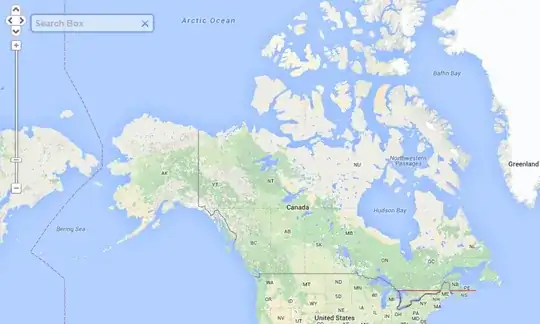Brilliant Maps claim that:
While the 49th parallel is often thought of as the border between the US and Canada, the vast majority of Canadians (roughly 72%) live below it, with 50% of Canadians living south of 45°42′ (45.7 degrees) north or the red line above.
They illustrate it with this diagram:
They go on to explain that Toronto, Montreal and Ottawa are "below" this line.
This is a widely-shared claim. AmazingMaps make a similar claim.
It was discussed in a Quora question but the answers seem to be contradicting each other and are mostly based on opinions.
Does 50% of the Canadian population live south of the 45°42′N latitude?
